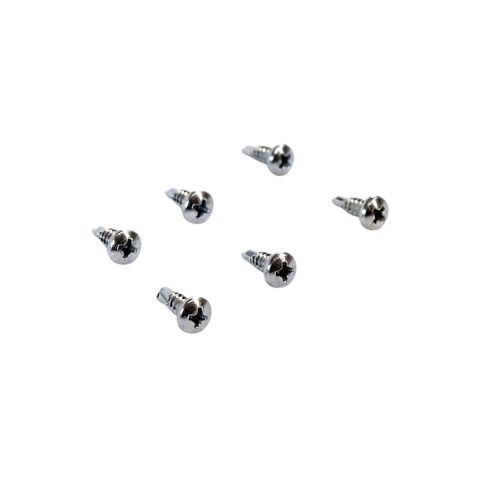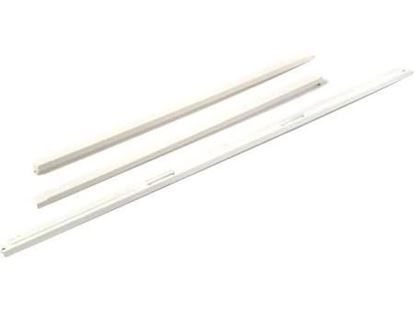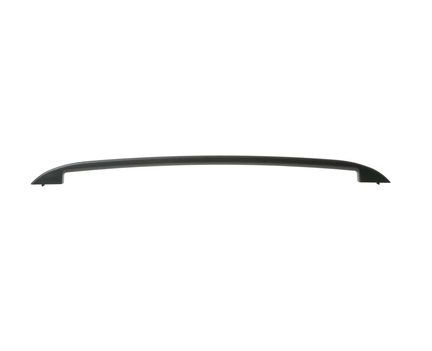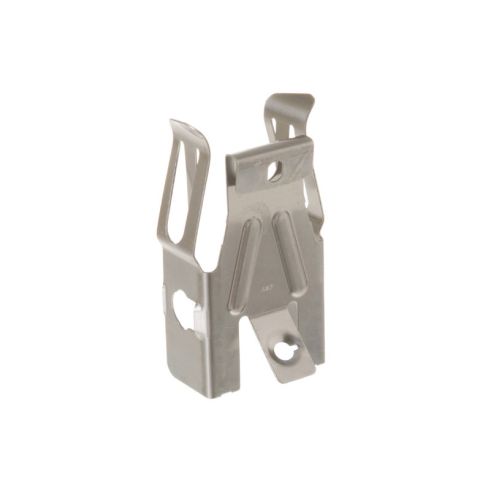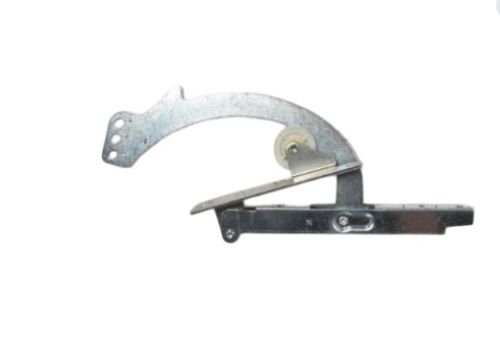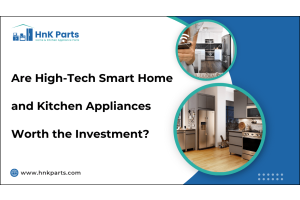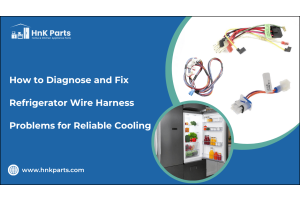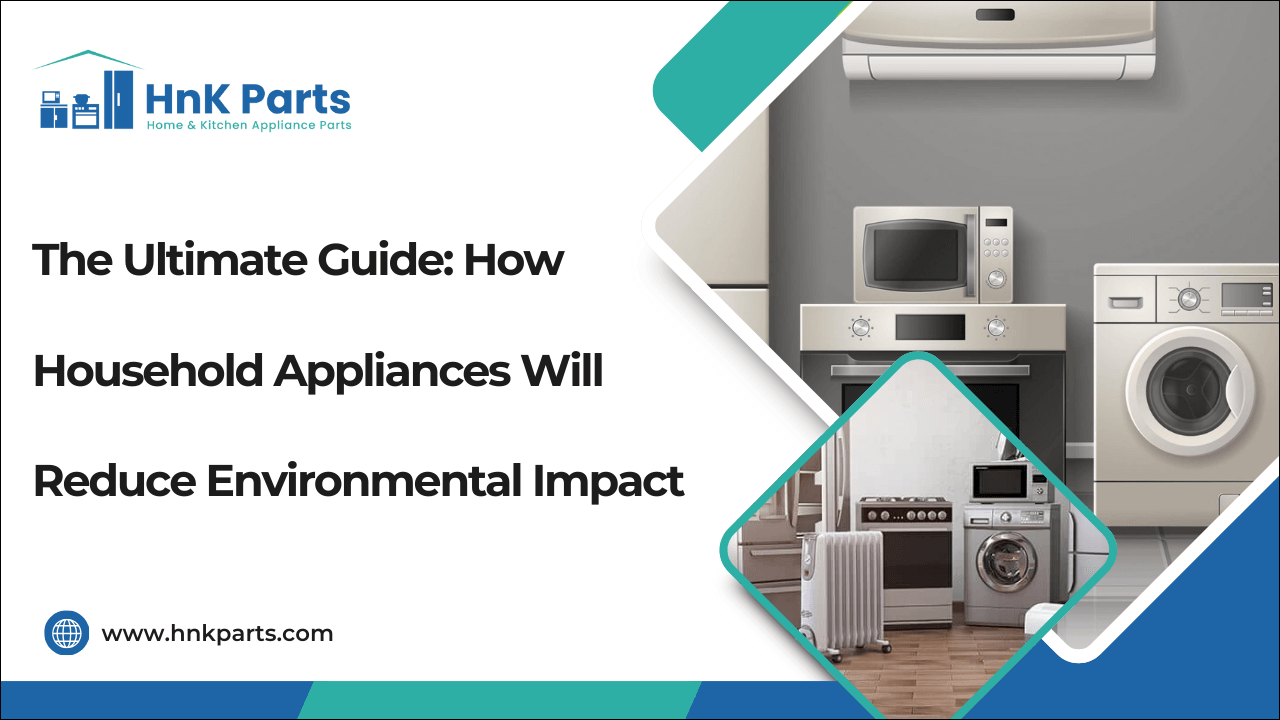
The Ultimate Guide: How Household Appliances Will Reduce Environmental Impact
In recent years, the urgency to address climate change has permeated every aspect of our lives, driving the energy we consume at home. As global temperatures rise and resource scarcity becomes more pronounced, individuals and families are seeking actionable ways to reduce their carbon footprint without sacrificing comfort or convenience. One of the most effective yet often overlooked avenues for sustainable living lies within our kitchens, laundry rooms, and living spaces, in energy-efficient household appliances.
Today’s cutting-edge stoves, ovens, dishwashers, refrigerators, washing machines, and dryers are engineered to minimize waste, be it water, electricity, or even the very materials used in their construction. By harnessing smart sensors, advanced insulation, and eco-friendly refrigerants, these appliances deliver superior performance while drastically lowering environmental impact. In this comprehensive guide, we’ll explore the science and technology behind each category, outline the tangible benefits for homeowners, and provide practical tips for selecting the greenest models on the market.
Energy-Efficient Stoves & Ovens
Modern stoves and ovens have evolved far beyond the simple gas burners and electric coils of yesteryear. Through the integration of induction heating, smart cooking technologies, and improved insulation, today’s cooktops and ovens can reduce energy waste by up to 40% compared to conventional models.
-
Induction heating precision meets efficiency: Electromagnetic energy transfer: Induction cooktops heat pots and pans directly via electromagnetic fields. This eliminates wasted heat radiating into the kitchen, ensuring up to 90% of the energy generated goes straight into cooking your food.
-
Rapid response: Unlike electric coils that lurch through temperature changes, induction surfaces adjust heat almost instantaneously. This reduces preheating times and prevents overcooking.
-
Safety advantage: Since the cooktop itself remains cooler, the risk of burns and accidental fires decreases, translating into lower home insurance costs and fewer kitchen accidents.
Smart cooking technology
-
Automated cooking programs: Built-in sensors can detect the optimal time and temperature for dishes like roasts or casseroles, adjusting heat levels on the fly. This not only preserves nutrients and flavors but also curbs unnecessary energy use.
-
Remote monitoring and control: Wi-Fi–enabled ovens let you preheat or shut off devices from your smartphone, ensuring the appliance isn’t running longer than needed.
-
Recipe integration: Some models connect to recipe apps that automatically transfer cooking instructions to your oven, eliminating guesswork and redundant heating cycles.
Eco-friendly materials and insulation improvements
-
Ceramic and glass interiors: Many high-end ovens now feature smooth, non-porous surfaces that retain heat more effectively than traditional enamel, decreasing warm-up and recovery times.
-
Enhanced door seals: Triple-layer glass doors with improved gaskets reduce heat leakage, meaning once an oven reaches the desired temperature, it needs less power to maintain it.
-
Sustainable manufacturing: Brands are increasingly using recycled metals and plant-based resins in oven construction, lowering the embodied carbon footprint before the appliance even reaches your home.
Choose induction cooktops for maximum heating efficiency and safety.
Look for models with smart connectivity and sensor-driven cooking programs.
Prioritize ovens with multi-layer glass doors and eco-friendly materials to lock in heat.
Dishwashers with Sustainable Technology
Dishwashers have long been touted as water-saving, but traditional models still guzzle more resources than necessary. Innovations in sensor technology, cycle design, and materials mean modern eco-friendly dishwashers now offer dramatic reductions in water and energy consumption.
Low water consumption cycles
-
Targeted spray nozzles: Precision jets focus water exactly where it’s needed, avoiding blanket rinses that waste gallons with each cycle.
-
Half-load and zone wash options: Instead of cleaning all racks simultaneously, you can choose to wash only the top or bottom, using as little as 35% of the full-load water volume.
-
Recirculation technology: Advanced filters trap food particles, allowing water to be reused within the same cycle without compromising cleanliness.
Biodegradable detergent compatibility
-
Enzyme-based formulations: Many dishwashers now optimize wash temperatures to activate biodegradable enzymes, enhancing grease removal while avoiding harsh phosphates.
-
Auto-dispensing systems: Built-in detergent compartments measure and release the exact amount needed per load, preventing overuse and chemical runoff into waterways.
Energy-saving drying functions
-
Condensation drying: Instead of heating a separate element, eco-modes leverage the residual heat from the wash cycle to evaporate moisture, reducing energy use by up to 60%.
-
Fan-assisted air-dry: Low-power fans circulate air through the dishwasher, speeding up drying times without activating high-wattage heating coils.
-
Smart door-ajar feature: Some models slightly open the door at the cycle’s end, allowing natural air circulation to complete the drying process.
Regularly clean filters and spray arms to maintain optimal performance. Run a monthly self-clean cycle with eco-friendly dishwasher cleaner to prevent mineral buildup. Keep seals and gaskets free of debris to ensure water recirculation systems aren’t blocked.
How Wi-Fi Appliances Are Revolutionizing Home Life Right Now
Refrigerators Designed for Green Living
Refrigeration is one of the most energy-intensive functions in the average home, accounting for nearly 15% of total electricity usage. To combat this, manufacturers have introduced inverter compressors, eco-friendly refrigerants, and smart management systems that slash power consumption and environmental damage.
-
Inverter compressors reduce power use: Unlike traditional compressors that cycle on/off, inverter units modulate their speed to match cooling demand. This continuous adjustment can cut energy draw by 25–30% over fixed-speed models.
Eco-friendly refrigerants
-
R-600a (isobutane): With a global warming potential (GWP) nearly 20 times lower than older HFC refrigerants, R-600a is now common in European and premium US models.
-
Strict leak prevention: New manufacturing standards seal refrigerant systems more tightly, minimizing fugitive emissions throughout the product’s lifetime.
Smart sensors for emperature Optimization
-
Humidity and temperature probes: Built-in sensors continuously monitor conditions and adjust coolant flow or airflow to maintain stable environments, preserving food quality and reducing compressor workload.
-
Adaptive defrost cycles: Instead of defrosting on a fixed schedule, smart refrigerators only initiate defrost when frost buildup reaches a threshold, preventing unnecessary energy use.
-
Remote diagnostics: Connected appliances can alert you to temperature fluctuations—say, if the door is left ajar—helping you address issues before food spoilage and wasted electricity occur.
High-Performance Insulation
-
Vacuum insulated panels (VIPs): These ultra-thin, high-R-value panels occupy less interior space while delivering superior thermal resistance, meaning compressors run less frequently.
-
Eco-friendly foam: Blowing agents used in contemporary insulation foams have dramatically lower greenhouse gas impacts than legacy CFC-based systems.
Washing Machines for Water & Energy Savings
Traditional washers can consume over 40 gallons of water per load and draw significant power during both wash and spin cycles. Enter high-efficiency (HE) washers, cold-wash technologies, and smart load detection, features that can dramatically reduce both water and electricity use.
High-efficiency (HE) washers
-
Front-load vs. vertical-axis top-load: Front-load machines use as little as 10–15 gallons per wash, a 60% water reduction compared to standard top-load models.
-
Improved spin speeds: Higher RPM spin cycles extract more water from clothes, reducing dryer runtime and saving energy downstream.
-
Optimized drum design: Patterns and paddles in the drum promote better tumbling and soil removal, allowing for shorter wash times.
Cold wash cycles lower electricity consumption
-
Enzyme-optimized detergents: Many machines now include wash programs specifically calibrated for cold-water performance, activating enzymes that break down stains effectively at 20–30°C (68–86°F).
-
Energy savings: Heating water accounts for nearly 90% of the energy used in a standard laundry cycle. Cold-wash programs can save up to 75% of that energy.
Smart load detection
-
Automatic load weighing: Sensors assess the mass of textiles and adjust both water levels and spin speeds accordingly, ensuring you never overfill or waste resources.
-
Bubble technology: By premixing water, air, and detergent into a fine foam, some machines clean more effectively at lower temperatures and with less water.
-
Delay-start features: Schedule laundry during off-peak energy hours or when solar panels are producing maximum power to minimize grid impact.
Eco-friendly detergent integration
-
Auto-dispense systems: Precise dosing of detergents prevents excess runoff into sewers and reduces chemical waste.
-
Biodegradable options: Many brands now partner with certified eco-labels, ensuring that surfactants and fragrances won’t harm aquatic ecosystems.
How Innovative Smart Kitchen Appliances Are Transforming Modern Cooking
Dryers with Eco-Friendly Features
Dryers traditionally rank among the most energy-consuming household appliances, but recent advancements are changing that narrative. From heat pump technology to moisture sensors and the use of recyclable materials, eco-conscious dryers now rival conventional models in cost-effectiveness and performance.
Heat pump dryers cut energy consumption
-
Closed-loop heat exchange: Instead of expelling hot, humid air, heat pump dryers recycle and reheat air internally, using up to 50–60% less energy than standard electric dryers.
-
Lower operating temperatures: Gentler heat settings preserve fabric quality and further reduce power draw.
Moisture sensors preventing over-drying
-
Real-time humidity monitoring: Sensors detect residual moisture in clothes and automatically terminate the cycle once optimal dryness is reached, avoiding unnecessary runtime.
-
Custom dryness levels: Choose settings like “ready to iron” or “extra dry” for precise control, eliminating guesswork and conserving energy.
Ventless and hybrid models
-
Ventless convenience: Ideal for apartments or homes without external venting, these systems use condensation or heat pump methods to collect moisture in a reservoir, eliminating duct leaks.
-
Hybrid options: Some dryers combine a ventless mode for delicate loads with a high-efficiency permanent press vented cycle for quick drying.
Recyclable materials in dryer manufacturing
-
Aluminum and stainless-steel drums: Durable alloys that can be recycled at end-of-life, reducing landfill waste.
-
Bamboo or plant-based resin panels: Emerging as eco-friendly alternatives to petrochemical plastics for exterior components.
-
Smart grid compatibility: Wi-Fi–enabled dryers can delay or advance cycles based on home solar production or utility demand-response signals, maximizing clean-energy usage.
-
Battery backup synergy: Integration with home energy storage systems allows dryers to run off-peak or on stored renewable power, avoiding peak-hour grid draw.
Clean lint filters after each cycle to maintain airflow and efficiency. Use dryer balls or tennis balls to separate fabrics and reduce drying time. Combine heat pump technology with moisture-sensor modes for minimal energy consumption.
The appliances we choose for our homes play a pivotal role in shaping our environmental footprint. From induction stoves and smart ovens that bring precision and speed to meal preparation to heat pump dryers and inverter-driven refrigerators that redefine energy efficiency, each device contributes substantially to resource conservation. By investing in models designed with eco-friendly materials, advanced sensors, and water- and energy-saving technologies, consumers can achieve significant reductions in utility bills and greenhouse-gas emissions. HnKParts offers a wide range of stove & oven parts, dishwasher parts, refrigerator parts, washing machine parts, and dryer parts to keep your appliances running smoothly.
FAQs
How often should household appliances be maintained to maximize their eco-friendly benefits?
Regular maintenance, such as cleaning filters, checking seals, and servicing motors, ensures appliances operate at peak efficiency, extending their lifespan and minimizing energy waste.
Are eco-friendly household appliances more expensive than traditional ones?
While initial costs may be slightly higher, eco-friendly appliances often lower utility bills through reduced energy and water use, making them more cost-effective in the long run.

